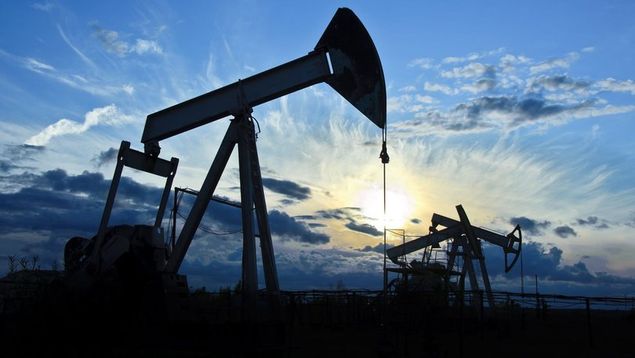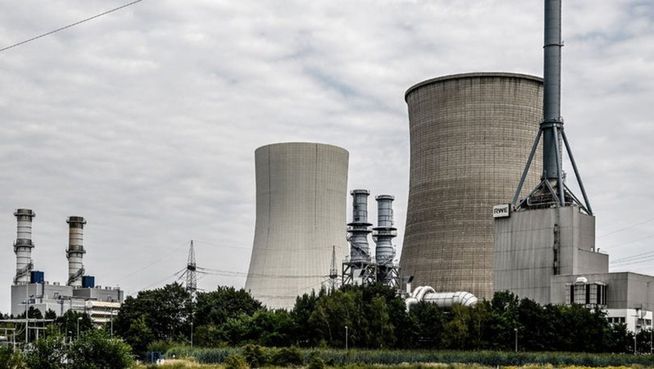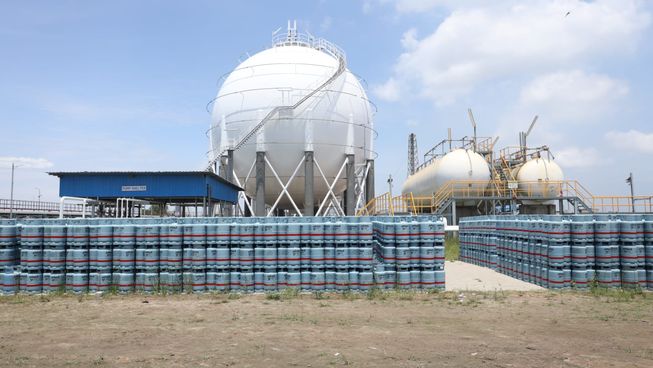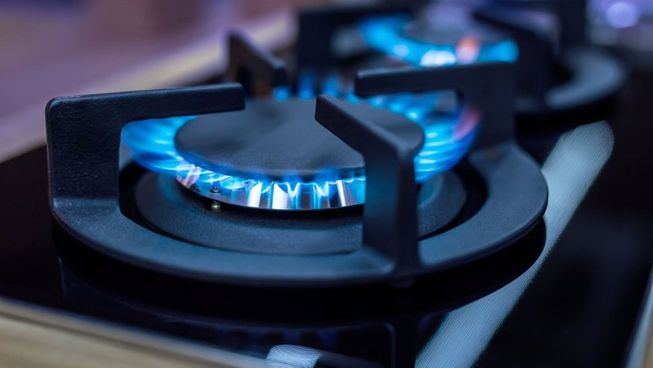The energy crisis, which manifested itself from September last year when supply failed to keep up with the increase in energy demand after economies began to recover from the Covid-19 epidemic, changed its dimension after the war started by Russia in Ukraine.
In addition to the current supply-demand imbalance, the western countries’ war-related sanctions against Russia and the gradual and ultimately indefinite disruption of gas supplies, especially to Europe, exacerbated the energy crisis.
At the beginning of September last year, the price of futures contracts traded at the lowest European natural gas trading point TTF in the Netherlands was at the level of 30 euros per megawatt hour, while prices have been steadily increasing per year and last week rose by 1000 percent to 346 euros per megawatt hour.
On February 23, the day before the war began, the price of natural gas per megawatt hour was 87 euros. Since natural gas accounts for around 25 percent of European electricity generation, the high gas prices are also having an increasing impact on the electricity generation costs.
Electricity prices in Germany, one of Europe’s key electricity markets, surpassed 700 euros per megawatt-hour for the first time in August, amid record-high coal prices in the process and supply concerns. 6 months ago it was 128 euros, 1 year ago 82 euros, 2 years ago 35 euros. This means that electricity prices have risen by around 755 percent since the beginning of the energy crisis.
The increase in European electricity prices prompted politicians to intervene in the electricity market.
THE GAS PRICE INCREASED BY 370 PERCENT IN THE MARCH-AUGUST PERIOD
Sarah Brown, senior energy and climate analyst at London-based think tank Ember, explained that the energy crisis was partly caused by the post-pandemic supply and demand imbalance, but Russia’s moves to increase gas prices in the European Union (EU) before the war.
“UNTIL AT LEAST 2025…”
Statement that Gazprom did not strategically fill the gas tanks in the EU, Brown shared the following information:
“Russia has not increased the flow of natural gas to the EU when gas demand increased. The TTF price, which was 11 euros per megawatt hour in July-December 2020, rose to an average of 70 euros in the period July-December 2021. This increase was not due to the war, but the war caused the gas crisis: the TTF price, which had risen to 216 euros per megawatt hour in March, reached new highs in July and August, these increases occurred after the gas flow via Nord Strom by up to A 20 percent choke and Russia’s threat of a total gas shutdown saw prices average €136 per MWh over the last year in the March-August 2022 period, meaning average prices have risen by 370 percent over the period. European gas prices are above €100 per Megawatt hours until at least 2025. This price level means high prices for electricity as long as natural gas is available to generate electricity. It’s coming.”
“THE FUNDAMENTAL POLICY FAILURE OF THE EU TO CONSIDER IMPORTED GAS AS A SOURCE OF PASSWORDS”
Brown said Europe’s way out of the energy crisis is renewable resources: “Europe’s biggest mistake in energy policy over the last 10 years is that it sees imported natural gas as a transitional source and does not bring cheap and clean renewable resources into operation “I think the lessons and Member States are taking urgent steps to increase the use of clean sources in their electricity supply. The war and energy crisis have accelerated the transition to renewable energy.” he said.
Noting that these targets are included in the EU’s REPowerEU plan, Brown explained that achieving the target of generating electricity from clean sources by 2035 will lower electricity bills, help ensure energy security and reduce emissions.
Noting that the temporary emergency solutions currently in place should not derail the EU from its climate targets, Brown said: “The EU will not deviate from these targets either. Significant steps are being taken to reduce overall gas consumption by 15 percent over the next 7 months, and efforts to reduce fossil fuel demand will continue after this winter. In addition to these steps, accelerating the build-up of solar and wind capacity is the solution to the energy crisis.”
“CONFIDENTIAL STEPS ARE NECESSARY TO REDUCE DEMAND AND GAS CONSUMPTION”
Ana Maria Jaller-Makarewicz, European Analyst at the Institute of Energy Economics and Financial Analysis (IEEFA), drew attention to the supply-demand issues that triggered the energy crisis, saying: “The increase in energy demand due to extreme weather events and the problems nuclear power generation are among the other crisis factors and I think electricity prices can remain extremely high for the next 1-2 years and although there will be a slight decline after that the high prices will stay with us for the next 5 years .” made a prediction.
Jaller-Makarewic recalled that the EU set ambitious goals to solve the energy crisis in the REPowerEU plan and said that there could be problems in implementing these goals if countries do not act together.
Jaller-Makarewic also stated that countries’ ability to find solutions to their natural gas supply problems by expanding their natural gas infrastructure poses a risk, saying:
“The governments should start now and offer concrete solutions to lower the demand for natural gas and electricity or to reduce the gas share. One of them could be the expansion of heat pumps through a large-scale program.”
#gave #date #energy #crisis




No comments:
Post a Comment